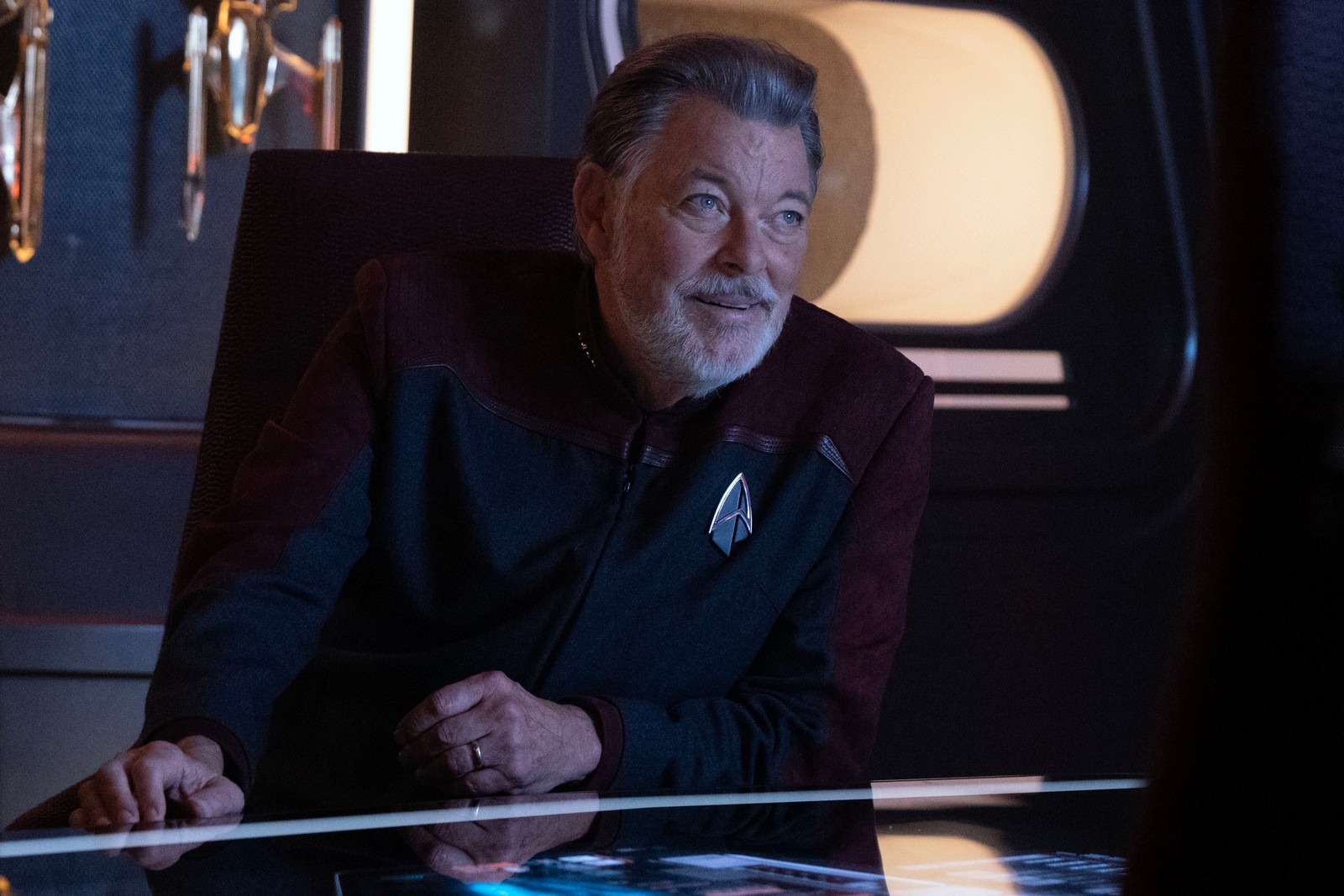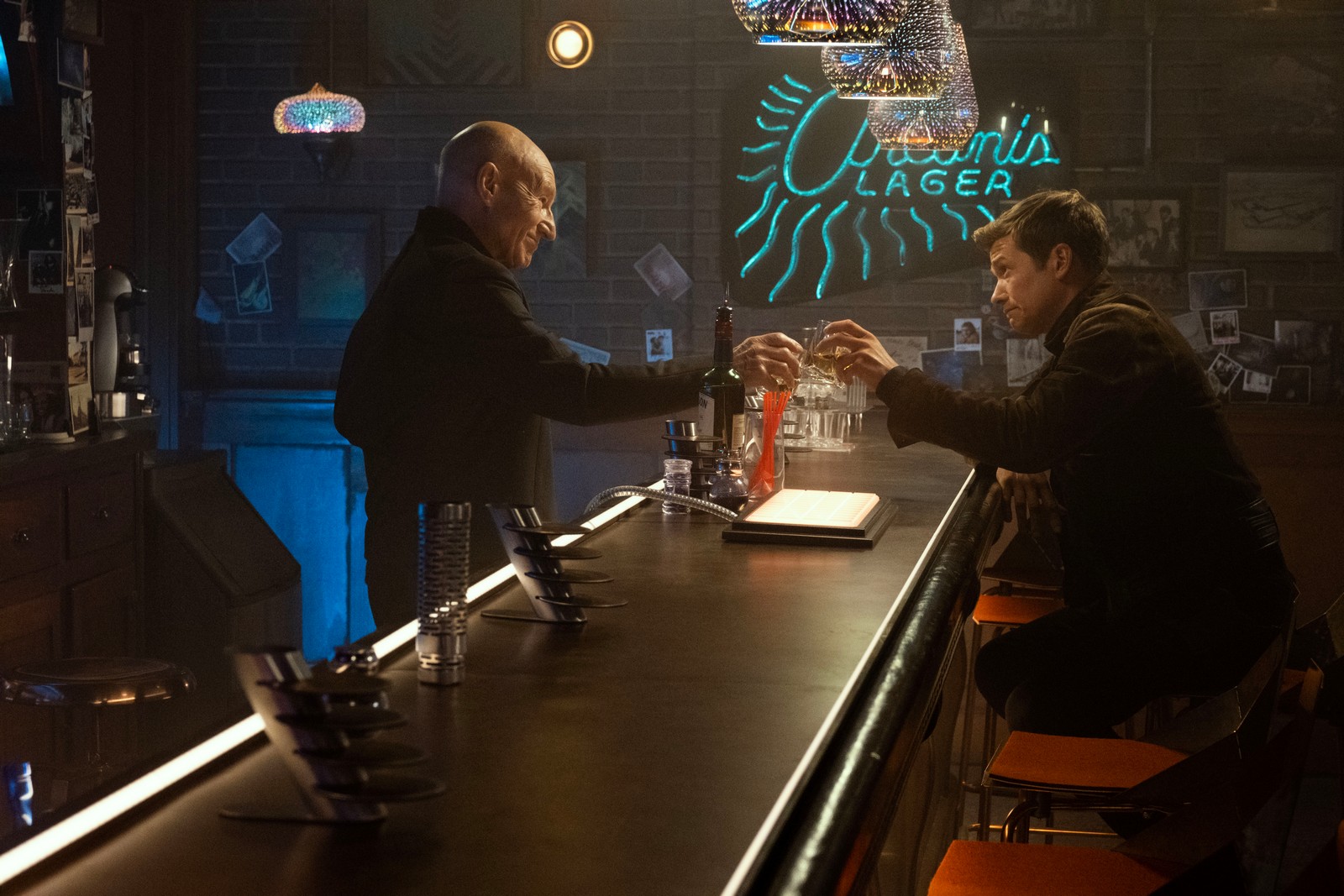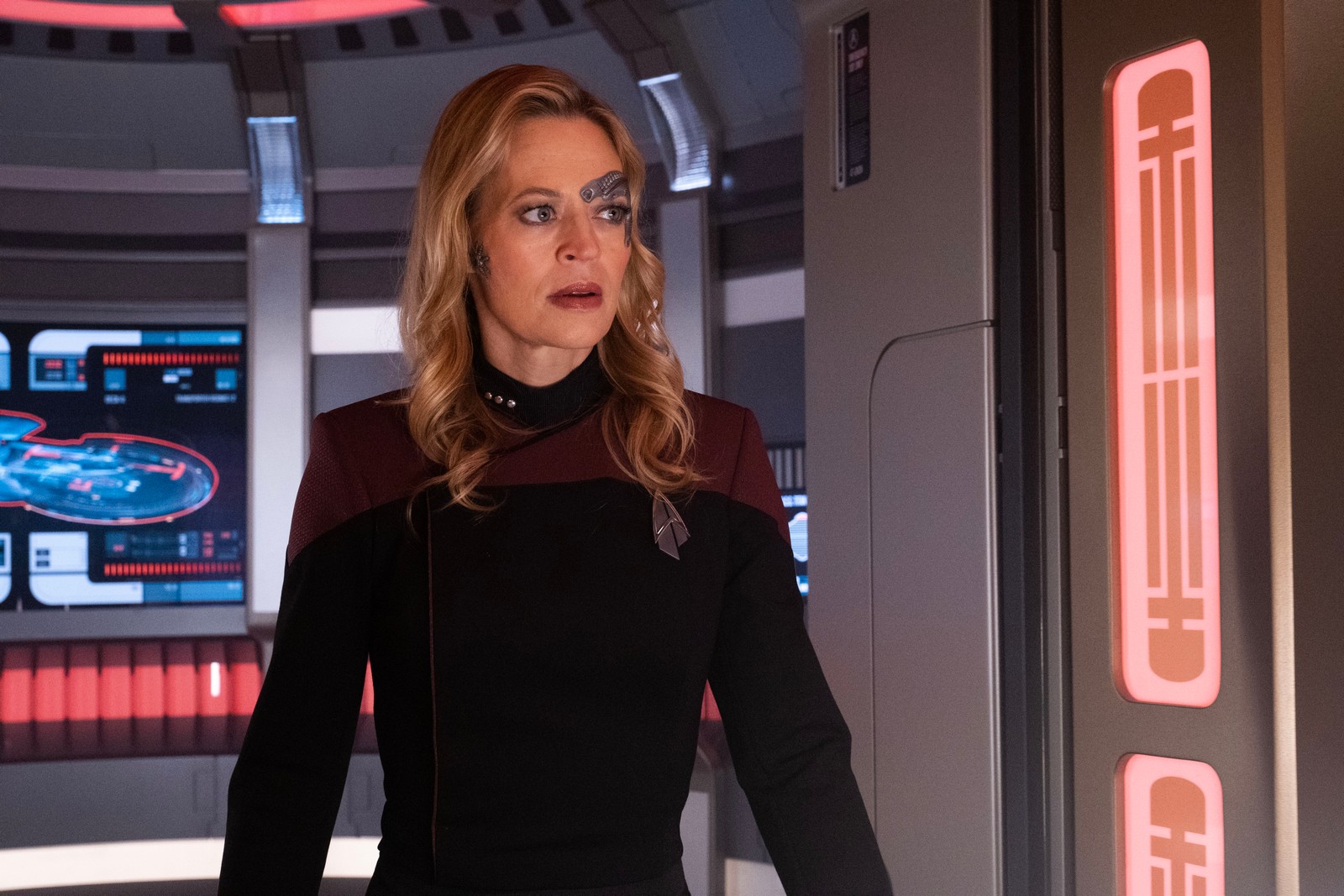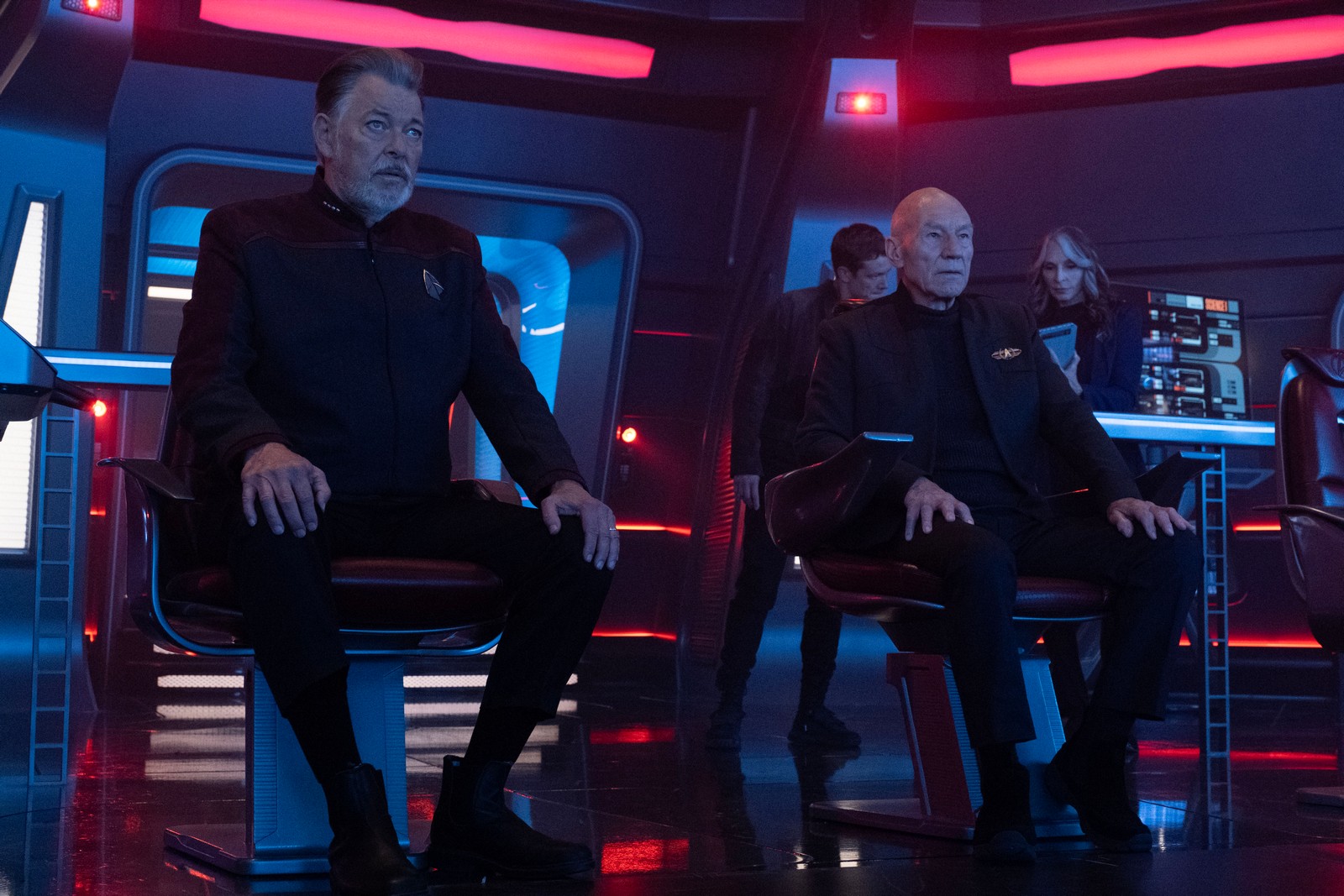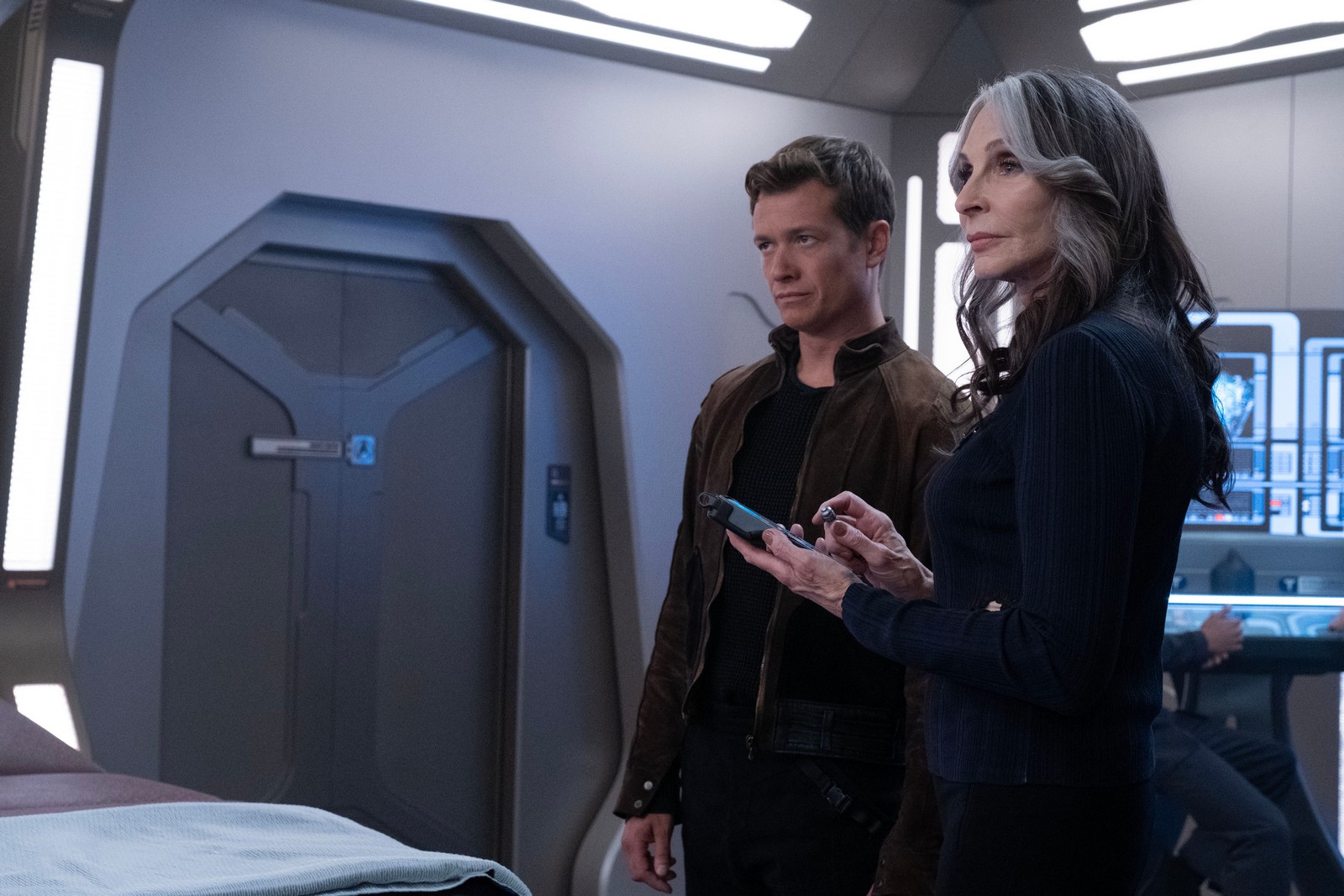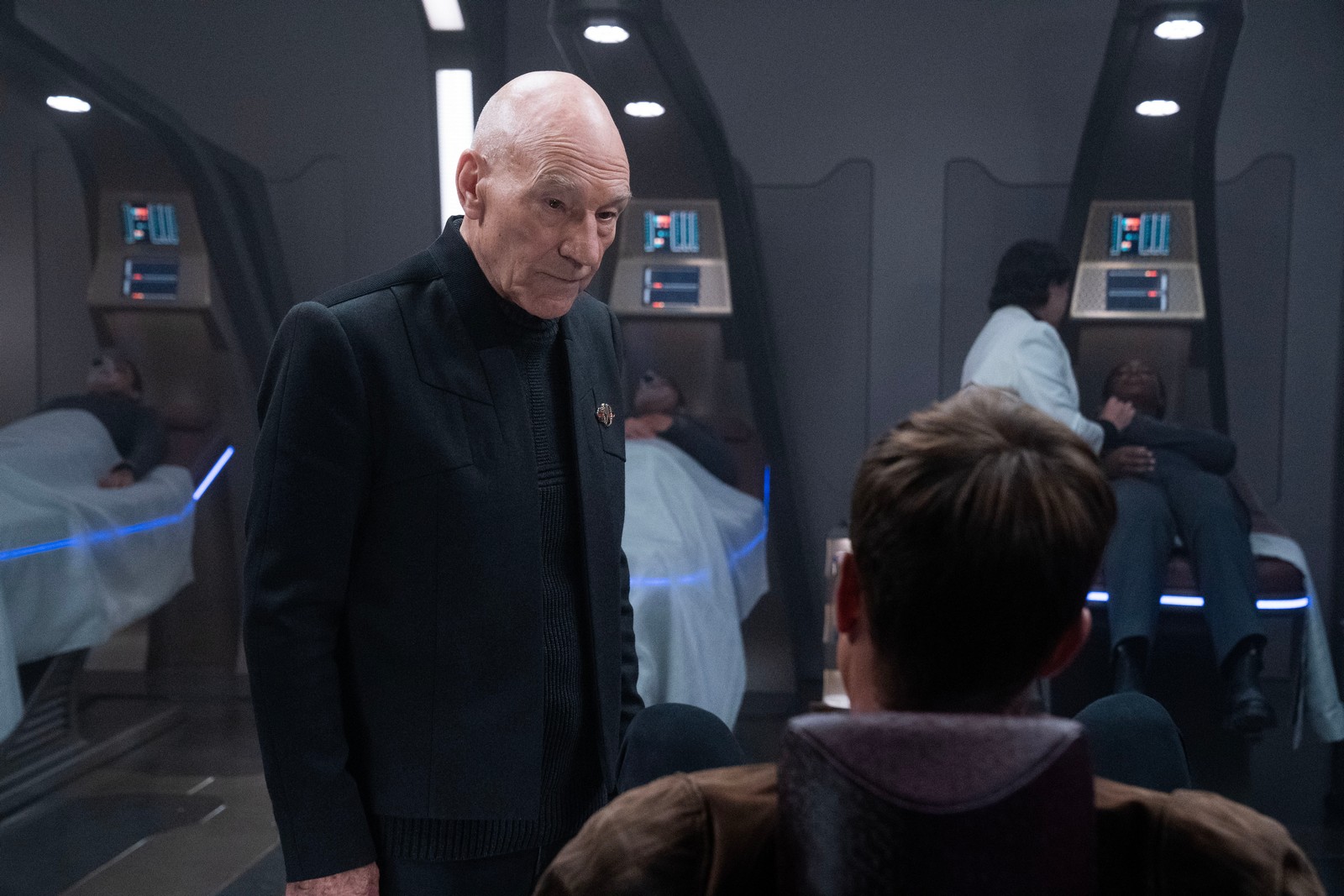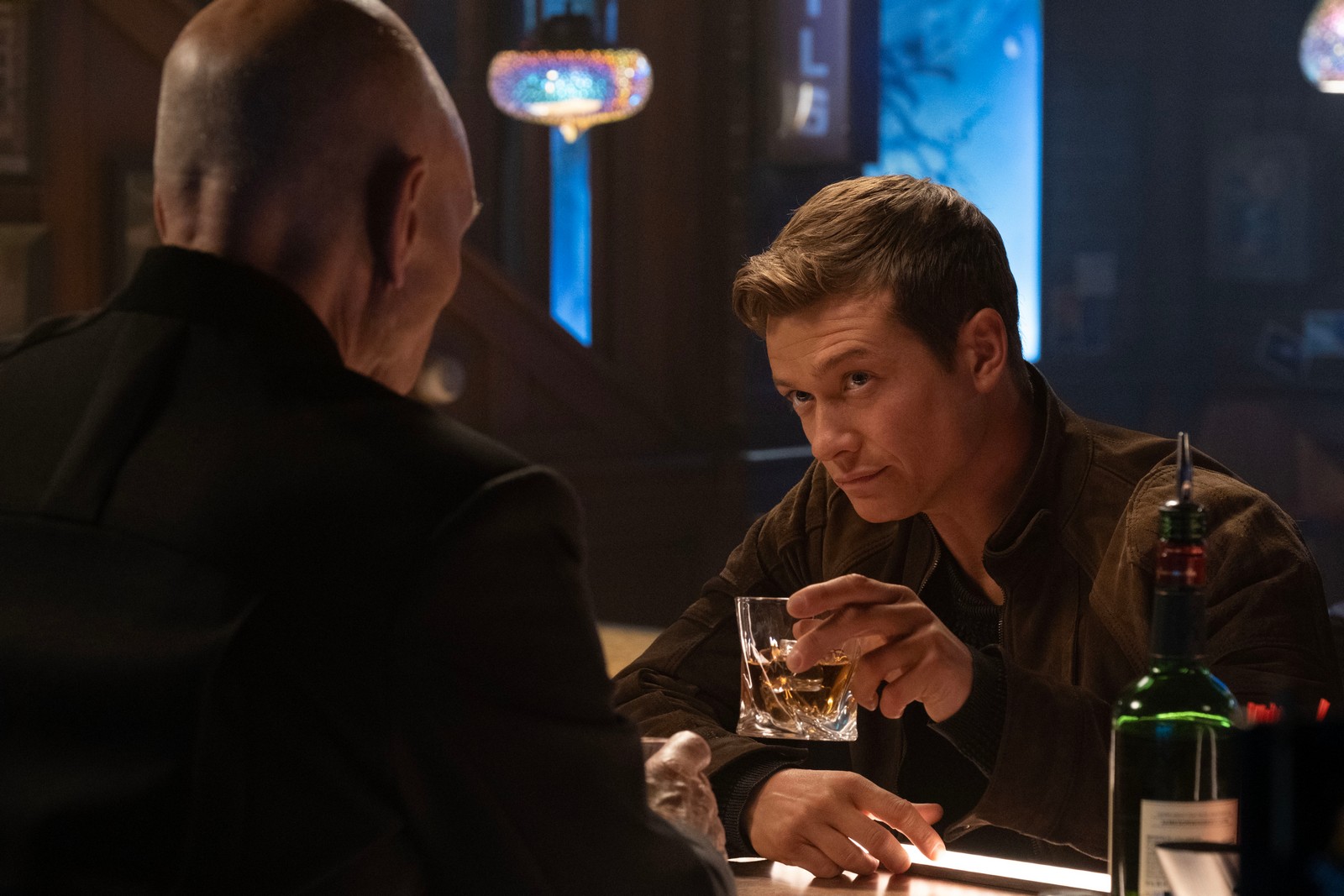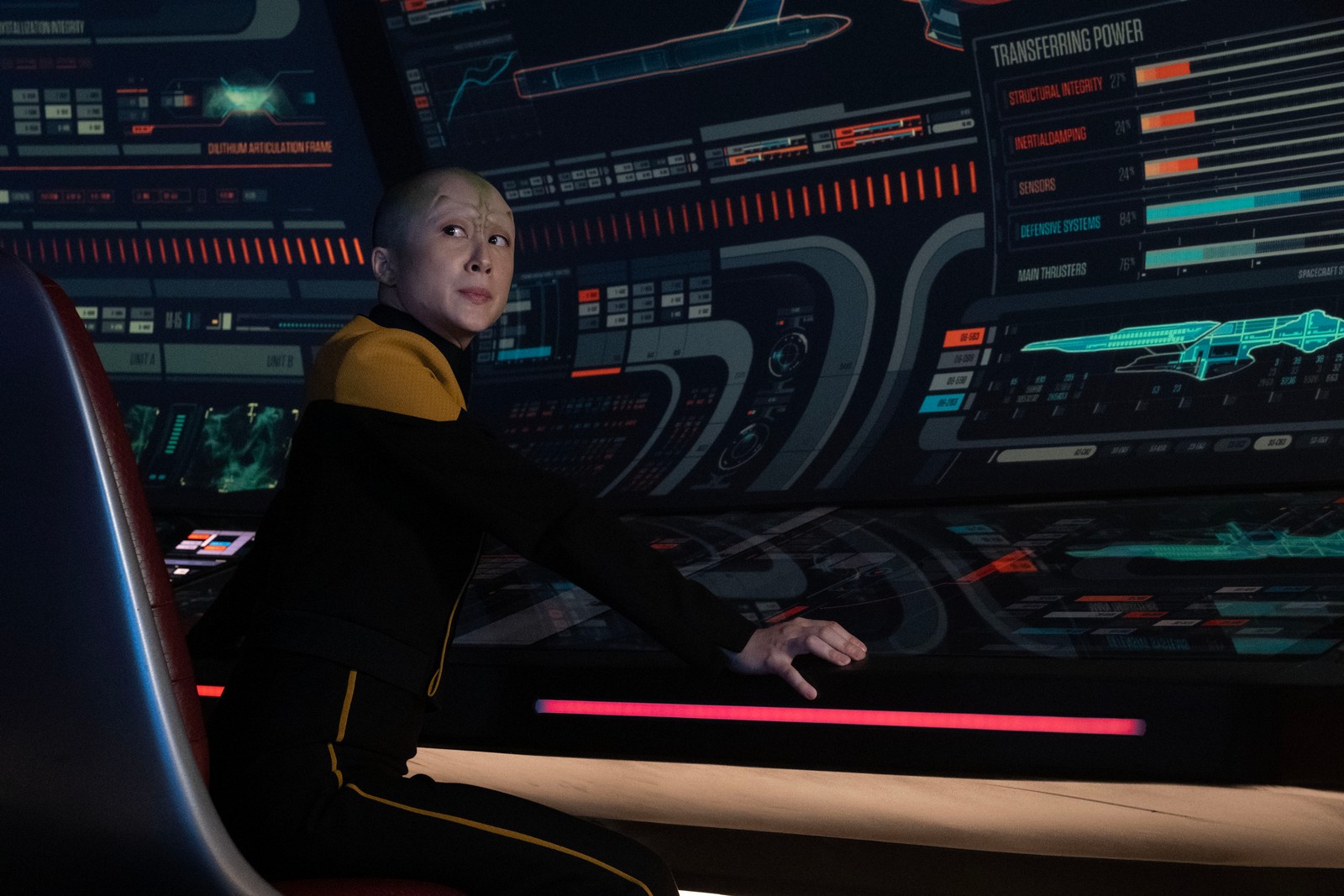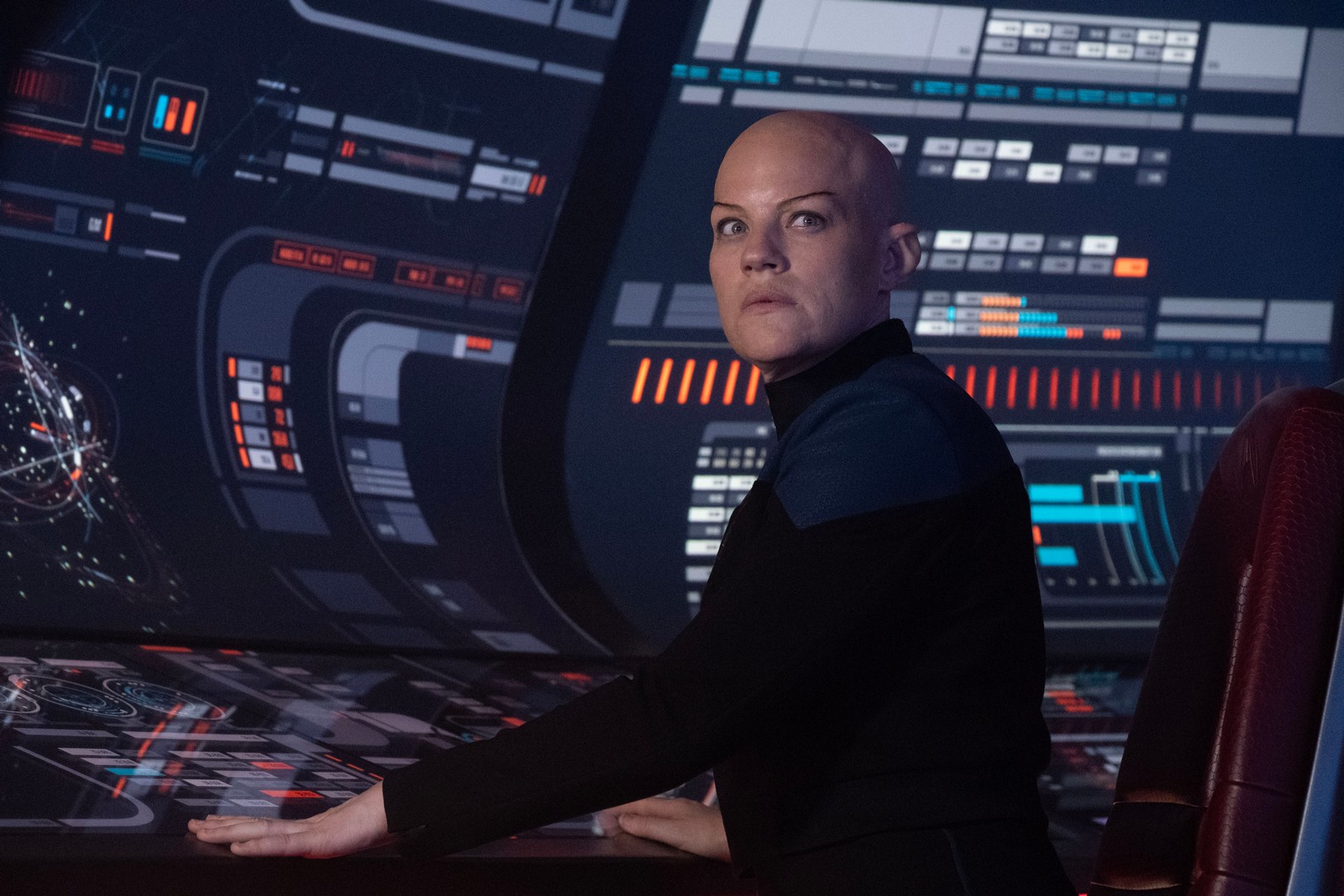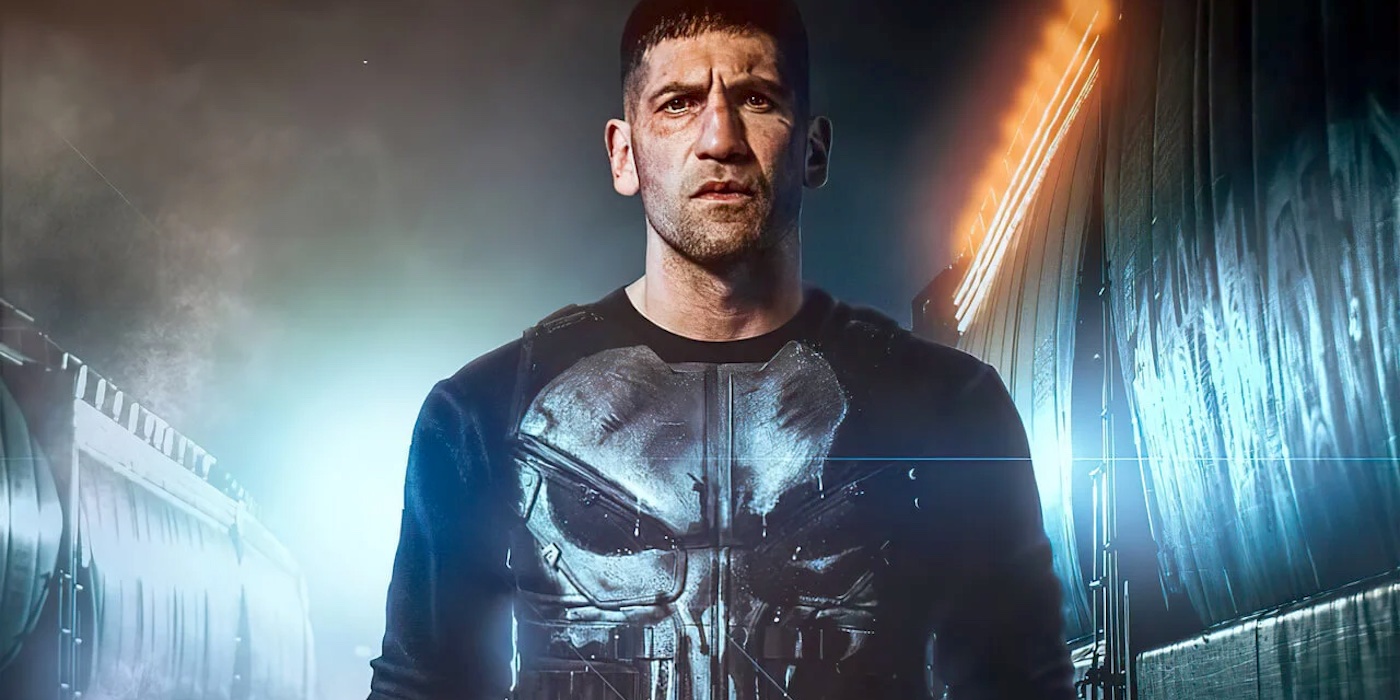“No Win Scenario” is ‘Star Trek: Picard’s Biggest Victory
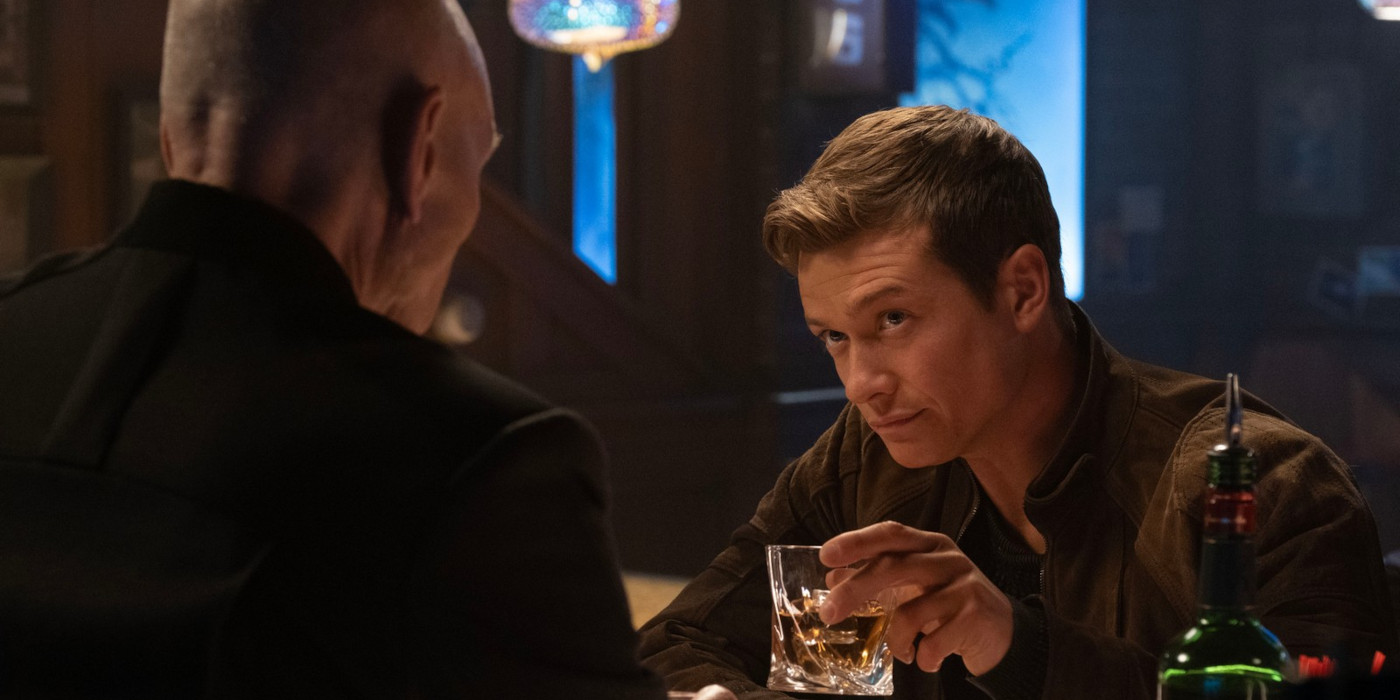
If you are waiting to see if Star Trek: Picard is actually good this season, “No Win Scenario” is the most proof positive that it is.
Star Trek: Picard season three has tons of positive buzz around it. If you read my reviews, you know that I remain largely lukewarm on it. However, this week (and, spoilers, next week) represent a sweet spot. This is the point in which “Picard” proves that it can recapture the most essential parts of what makes Star Trek: The Next Generation great.
Which begs the question: what makes TNG great in the first place? There are certain things some, though not all, the best TNG episodes share. Often they are effective morality plays. They show more than human vulnerability–they show how we rise above that vulnerability. And there are stakes that go beyond survival. We know the main characters are not going to die, so there has to be something personal. A buy-in. Risk. And, then, hopefully, a reward.
“No Win Scenario” is, by my measure, the first to offer all these things. And, while it moves the season arc forward, it also weaves a singular, self-contained tale. And with that in mind, let’s give a quick overview of the plot so we can dig into the good stuff.
To Boldly Recap “No Win Scenario”
Where were we? Oh, yes: the Titan is falling into a gravity well to its inevitable doom. And as a backdrop to this unfortunate development is a day from Picard’s past. Five years ago Picard is eating lunch when a group of Starfleet cadets ask him questions about his illustrious career. And as he discusses the hope and companionship of Starfleet then, he stares down the barrel of his own mortality aboard the Titan now.
There are a lot of small moments here which set the stage. Riker makes peace with Picard and tells him to go to his son, Jack. Seven discovers the dead body of Ensign Foster and Riker instructs her to hunt the changeling who killed and replaced Foster in secret. And on the Shrike, Vadic contacts whoever runs the terrorist changeling cell and is instructed to chase down Jack at all costs.
Father and Son
Picard heads to the sickbay where he meets Beverly and Jack. With Beverly’s blessing, Picard and jack head to the holodeck to have what may well be their one and only father/son hang. They drink cheap whiskey. Jack asks how much time he has left before going bald. And Picard tells Jack about his namesake, the OG Jack Crusher. There’s a story about how Picard and JC Sr. survived certain doom that involves bad dating choices. It’s very sweet, but you get the sense Jack already knows it.
And then Shaw rolls in to ruin everything. Because Shaw wants everyone to know another Picard story — the first time Shaw ever met Picard. And even before he says it aloud, we already know where Shaw met Picard: Wolf 359. And, indeed, back when he was just a grease monkey in engineering, Shaw was one of only 10 crewmembers to survive his ship’s battle with Locutus and the Borg.
Picard accepts his summary judgment as guilty of killing Shaw’s comrades, and Shaw’s entire ship full of Jack Crushers, and leaves. Young Jack follows after and father and son meet with Beverly in the corridor. It seems that, as the Titan descends to certain doom Beverly has noticed a pattern in the energy waves hitting them.
The gravity well is drawing in matter and shooting out energy. It’s reconstituting the matter into energy. Beverly sees the energy waves as a countdown, almost like contractions.
Seven, Shaw, and the Plan
With no one officially aiding in her investigation, Seven reluctantly seeks help from her least favorite captain. Shaw instructs Seven to seek out the pot the changeling needs to rest in and get some of its residues for a scan. Seven finds the pot in Foster’s quarters. Unfortunately, Seven runs afoul of the changeling who shoots and destroys its own pot and also kills a crewmember.
On the plus side, Beverly, Picard, and Jack have the plan to escape the gravity well. Jack realizes that the ship gets an energy burst whenever it’s hit by the energy waves. If they can predict when the waves come, they can maybe tap into them and use the energy to boost the ship and ride it out of the nebula. They take the plan to Riker.
At first, Riker is against it. But Beverly points out that, when they all trust one another, they can pull off the impossible. The Nacelle covers are designed to protect the plasma conduits from absorbing too much radiation. Riker posits that if they open them and ride the wave, the ship can also effectively be refueled.
They ask Shaw for his help manually operating the nacelle covers. Shaw and Seven request that no one is sent down to help because they realize, if the shapeshifter is still going to attack, this is where they’ll do it. And sure enough, the changeling fakes being Ensign LaForge. Seven shoots her when LaForge calls her Commander Hansen. Seven explains the respect in calling her “Seven” and Shaw acknowledges it.
Escape From Farpoint
Riker shuts down everything including life support as they await the gravimetric detonation. As they ride the wave, the ship is recharged. They gun the engines to escape gravity well and succeed. They pass the Shrike on the way out the door but use the tractor beam to hurl an asteroid at the Shrike.
The nebula breaks up revealing new life in the form of space squids and jellies, just like the Farpoint mission.
We watch everyone on the bridge celebrate their survival as we hear a V.O. of Picard talking to those ensigns five years ago. And it’s revealed that Jack was there. And that Jack asked if Picard ever thought about having a “real family”. To which Picard replies “Starfleet is the only real family I’ve ever needed”.
In the present Picard looks at Jack and remembers that moment. He realizes that Jack did want to know him but that Picard turned Jack away without even realizing he’d done it.
Riker reaches out to Deanna to apologize. He tells her that, after witnessing an impossible birth in space, he’s beginning to heal. Troi asks if Riker and Picard are in trouble.
Jack has another vision of what appears to be the end of the world as the words “Find me” echo in his head.
To Boldly Review “No Win Scenario”
“No Win Scenario” is effectively the start of act two of Star Trek: Picard season three. Act one was all about saving Beverly and Jack, introducing new characters, and updating us on some of our legacy heroes. And that first act is okay! It’s good in places, even! But the series of bummers that end act one on the ol’ “sinking to our deaths” note required a herculean effort on the part of “No Win Scenario” to give us hope.
And it succeeds, arguably better than any episode of ‘Picard’ ever has before. Whether it’s Picard and Jack finding common ground, finally understanding where Shaw’s rage stems from and giving him a path forward, or that beautiful scene of an impossible life in the depths of endless space, “No Win Scenario” delivers on every aspect of what makes ‘Star Trek’ great.
The Stakes of “No Win Scenario”
The Titan will survive. We know that from moment one. The stakes aren’t about surviving, they are about thriving. Riker starts this episode not just preparing to die, but ready for death. Riker cannot escape the meaninglessness of losing his son. He is a man ready to become one with the void because he can’t see beyond it anymore.
Similarly, Shaw seems bent on a life of bitterness and isolation. It’s not just that Picard as Locutus killed all his friends, it’s that life carried on afterward. Somehow Shaw is supposed to not only keep his current crew alive, he’s supposed to be happy about it, too. And it’s clear that Shaw has not felt happy, safe, or part of a community in a very long time.
Picard sees fatherhood as an impossibility. And, likewise, Jack sees his own isolation as a matter of undeniable fact. That tendency towards going life solo is both the biggest thing these two men have in common and the thing that keeps them from seeing their shared struggle.
It’s a funny thing what can happen when you have nothing left to lose. And as the Titan falls into the inky blackness, everyone aboard her starts to consider things they never have before. And for most of those people, the thing they have failed to consider most of all is that they deserve not only to live but to live gloriously.
Hope is Our Business
Beverly realizes that the Titan’s death is actually something else’s birth. Jack realizes that the energy waves of the contractions can be ridden out of oblivion. And then Riker puts it all together, adding that the plasma conduits can be recharged. Every part of this is an impossible gambit. And it’s a lot of what we used to call “Treknobabble” back in the day. But what matters is that it all makes sense.
Escaping the nebula against impossible odds works because everyone works together and the internal logic of the plan doesn’t set off “well actually” nerd alarm bells. Riker finds hope in the darkness. Shaw not only connects with Seven, he understands and respects why her name is “Seven” in the first place. And while Picard and Jack’s relationship is not resolved, they have taken their first steps toward one another.
But it’s so much more than that. That moment when we look out into the blackness of space and see it teeming with life harkens back to the very beginning of TNG. People joke now about “Encounter at Farpoint” and its story of saving some space jellyfish to prove humanity’s worth. But I remember seven-year-old me watching that episode and being filled with wonder at what might be out there in the stars and in my future.
At seven years old “Encounter At Farpoint” filled me with hope. And over 35 years later, “No Win Scenario” made me feel that exact same hope, more deeply than ever. The trial to prove humanity’s worth never ends, we simply continue rising to meet it.
Stray Observation Deck (Nit Picking Edition)
The first changeling Star Trek fans meet is Constable Odo on Star Trek: Deep Space Nine. And Odo’s whole deal is that he is the only changeling he knows. Everything Odo does, he does so without understanding who he is. He is alone. And, yes, Odo hides in a special urn/vase whenever he has to assume his natural, liquid shape.
But there’s no established continuity saying that other shapeshifters have a vase. And even if they did, why would they have the exact same one Odo did? And yet, the shapeshifter on the Titan has an identical vase–and it doesn’t make any sense! Does this really matter? No. But does it matter to a Star Trek nerd? Yeah, kinda.
There are a few other references: the Hirogen from Voyager and the Children of Tama from the TNG episode “Darmok”. And they both mention “Encounter at Farpoint” by name and the space squid of “No Win Scenario” are very reminiscent of the space jellyfish from “Farpoint”.
Questions, Queries, Questions
The biggest question remains the one I am personally least interested in answering: what’s with Jack Crusher? Why is he having visions and what do the changelings need him for so badly? After all, according to the changeling leaders (hive mind?), it would be suicide for them to let Jack go.
In fact, there are loads of questions about the changelings. Do they seem different to anyone else? When the changeling impersonating LaForge dies, they don’t turn to ash. In fact, they retain their LaForge shape. That’s new. What’s that all about?
Since Worf and Raffi were out this week, we also have no new information regarding the stolen weapon from Daystrom Station.
All in all, “No Win Scenario” is handily the best episode of Star Trek: Picard this season.
4.5/5 stars

